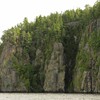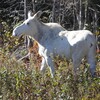From Artistic Marvels to Miigwetch
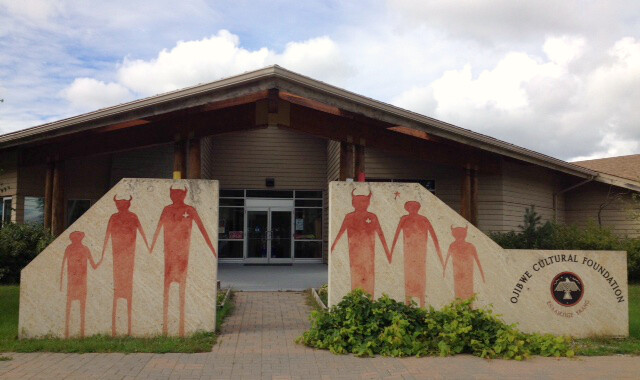
While taking a walk on Manitoulin Island one day, a car stopped and the passenger asked for directions to the OCF.
"OCF?" I queried, trying to get my mind off bird watching and on to the alphabet. I thought about it until it finally hit me. "Do you mean the Ojibwe Cultural Foundation?" I asked.
"Yes," they replied as though I was daft. After sending them on their way with the appropriate directions, I decided that I, too, had better make a visit, as it had been years since I'd been there.
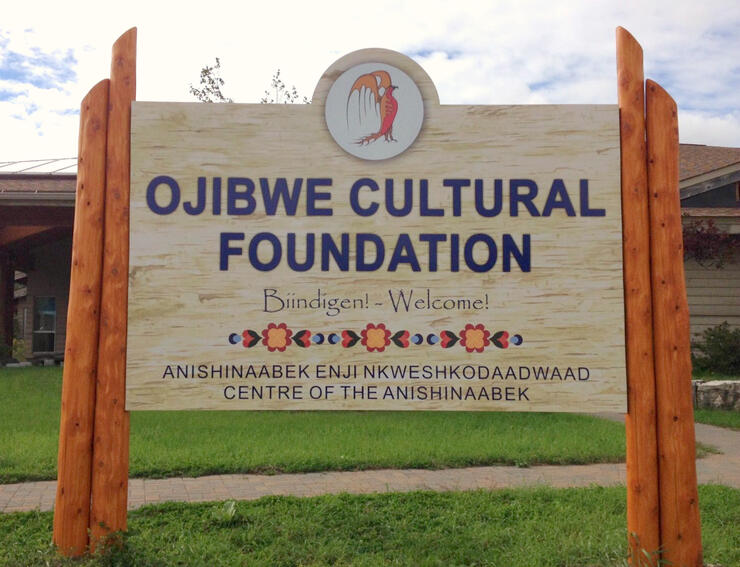
The OCF is a Northeastern Ontario tourism destination that welcomes people from all over the world. In 2016, over 4,500 people visited the centre, half of which have been from passenger cruise ships that ply the Great Lakes each summer. Visitors can enjoy the Centre, the gift shops and of course the legends, tales and history that is available on their website.
Learn About Expressions of Anishinabaae Culture

The Ojibwe Cultural Foundation makes its home in M'Chigeeng (formerly West Bay) in the central part of the Island. Its goal is to promote Island artists, to preserve and teach the Anishinaabe Ojibwe culture, and to welcome the public in order to educate those who want to know more about the history and life of the Ojibwe people.
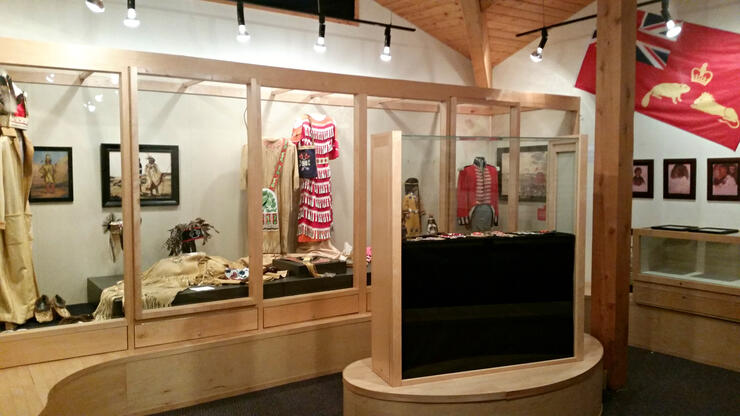
The building is easily recognizable, and upon entering you are immediately immersed in the past and present of our First Nations. There are splendid examples of beadwork, quill work, painting, wood carving, jewelry making and mixed media artworks on display. There are also books for young and old alike, which tell tales of how many animals came to be, how some received their gifts and of course, the history of the Nations.
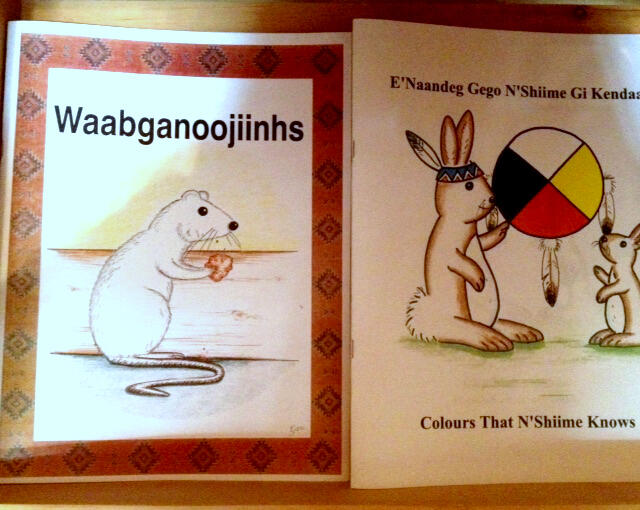
Of course one cannot carry on tradition without teaching these crafts to those who are interested. That is why there is an extensive yearlong schedule of exhibitions, displays, classes and lectures open to one and all. Coming up in summer 2017 there will be seminars on weaving with reeds and cedar bark, copper bead workshops, and classes on painting on natural materials to name a few.
If you want to enjoy legends and tales of the Anishinaabe, Walking and Talking With Nanabush is an original Ojibwe learning web site, which incorporates traditional storytelling, animation, and an innovative language learning approach that will make the on-line experience of basic Ojibwe easy and enjoyable. Nanabush is a character in many legends. He is part human and part spirit and was sent to teach his people how to live. However, being part human he often has to learn the hard way. This website is innovative and fun for all ages. You can read the legends in Ojibwe, with English translations and watch short clips of Nanabush’s adventures.
See Works of World-Renowned Anishinaabek Artists
However, the OCF is much more than a place to purchase one-of-a-kind artisan works. It has been celebrating and promoting Anishinaabe artists since 1974, making it the longest-running art institute run by and for the Anishinaabe people.
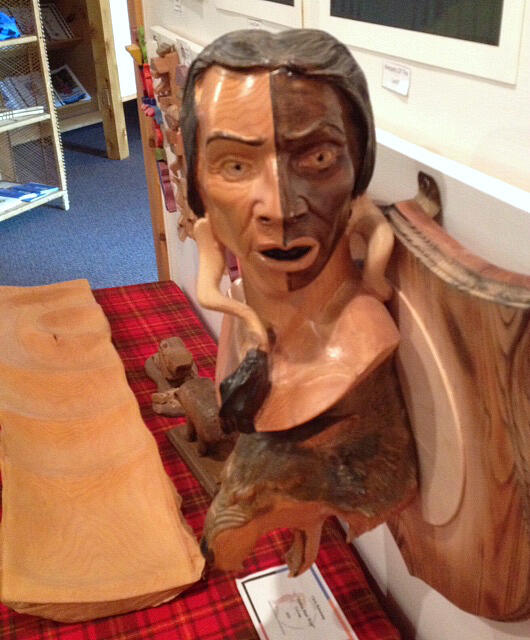
In order to have works displayed at the Foundation, an artist must meet the criteria, as set out by the Executive Advisory Panel. This group is made up of historian and heritage experts who review the works to ensure that they provide a balance between contemporary and traditional craft. Whether it is a painting, a spectacularly beaded coat, or a beautifully carved piece of wood, it is encouraged that personal aspects of Ojibwa cultural traditions are balanced with that of the artist.
Christian Chapman of the Fort William First Nation is an artist often featured at the OCF. Not only is a he a highly regarded visual artist and film maker, but is also a favorite for conducting seminars in screen printing. Christian has been one of the many Manitoulin artists regularly featured at the Royal Ontario Museum.
In fact, Anishinaabek artists and artisans are world-renowned. For example, there are permanent displays of their work at the Smithsonian Institution, the Art Gallery of Ontario, and the National Museum of History.
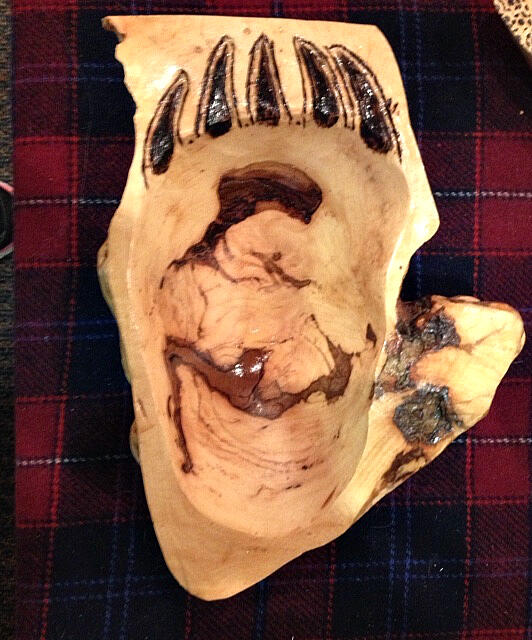
Chatting with the staff, I asked why there seemed to be such a large percentage of the population that had such exceptional talent. I was told there is no separation between art and life. Creation and creativity is enjoyed and cultivated from a young age, and there is a lack of an “I can't do that” attitude. This has resulted in an extraordinarily rich artistic heritage, which the OCF is proud to promote on behalf of the artists themselves.
Take Part in a Smudging Ceremony
Apart from the multitude of talent on display, the centre also is a welcoming place for the community to experience the healing lodge... to explore the sacred fire and smudging ceremony in a safe environment.
For those who have not experienced a smudging ceremony, it is a wonderful spiritual rite that evokes the healing of the Great Creator by combining cedar, sage, sweet grass and tobacco together, set alight to provide an aromatic smoke that is then wafted toward you with the aid of an eagle's feather. It is a beautiful and solemn ceremony in which the smoke is received by cupping your hands and bringing the smoke “smudge” toward you three times. Eagles are sacred to the Ojibwe people; when an eagle feather is found, a prayer of “Miigwetch” (thanks) is given, and ceremonial tobacco is offered in return for such a sacred gift.
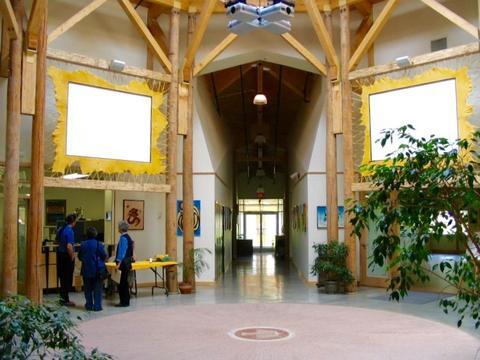
So the next time someone stops you and asks directions to a place you've not been lately, take up the challenge and visit with fresh eyes! It can be an amazing experience, as mine was at the Ojibwe Cultural Foundation on Manitoulin Island.
--------------------------
Want to find out what's taking place at the Ojibwe Cultural Foundation? Visit them on Facebook!
Recommended Articles
The Seven's Best Hikes, Biking Trails and Lakes

7 Best Spots to Check Out in The Seven

Budget Bliss: Explore Northeastern Ontario Without Breaking the Bank

Bring Your Fam!

Time to Unwind: 6 Spa Havens to Discover In The Seven
5 Amazing Places to SUP in Northeastern Ontario

5 Amazing Bike Rides to Discover

Northern Lights in Northeastern Ontario

Northeastern Ontario's Best Pride Festivals

Fish for one of the World's Rarest Species of Trout

An Insider's Guide to Manitoulin Island

6 Small-Town Gems to Explore in Northeastern Ontario

11 Best Things to Do in Kapuskasing, Ontario







